Our Solution
Combining carbon footprint reduction with liquidity and positive potential social and environmental outcomes.
LIQUID PORTFOLIO OF BONDS WITH HIGH ESG STANDARDS
LIQUID PORTFOLIO OF BONDS WITH HIGH ESG STANDARDS
The Plan provides exposure to a basket of European investment grade corporate bonds with high ESG standards in line with Febelfin Towards Sustainability initiative and UN Global compact principles and with strict financial criteria on liquidity, risk control and yield.
CARBON REDUCTION AND OFFSETTING
CARBON REDUCTION AND OFFSETTING
Bonds are also screened based on their issuers carbon emissions and energy transition strategy, following a scoring method provided by Moody’s ESG Solutions.
The remaining carbon footprint of the portfolio is offset every quarter through the purchase of Verified Emission Reductions certificates, issued by the Project Kasigau Corridor REDD+ in Kenya.
SOCIAL AND ENVIRONMENTAL OUTCOMES
SOCIAL AND ENVIRONMENTAL OUTCOMES
The Project protects threatened forests, the wildlife that live in them and provides communities with a sustainable and transformative development path. REDD+, Reducing Emissions from Deforestation and Degradation, is a climate change mitigation strategy introduced by the United Nations. The plus sign relates to additional benefits for the local community and biodiversity.
Combatting climate change together
From Kyoto to Paris, the major agreements over the last 30 years.

1992
United Nations framework convention on climate change (UNFCCC)
The UNFCCC is the first international climate agreement within the UN framework. It seeks to reach a better understanding of climate change, proposing solutions for cooperation between countries so as to limit the effects of climate change. To date, it has been ratified by 195 countries and recognises three main principles: the precautionary principle, the principle of common but differentiated responsibilities and the principle of the right to development.
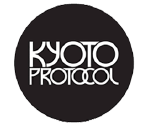
1997
Kyoto Protocol Application 2005-2020
In the mid-1990s, the signatories of the UNFCCC became aware of the need to take more stringent measures to reduce greenhouse gas emissions (GHG). In 1997, they adopted the Kyoto Protocol which sets the target for the 38 most industrialised countries in the world to reduce their overall emissions of 6 GHG by 5% compared with the levels observed in 1990. Three flexible mechanisms were put into effect to help countries achieve this: Emissions Trading (ET), Joint Implementation (JI) and the Clean Development Mechanism (CDM).

2015
Paris Conference on climate change (COP 21) Application 2020-2030
In December 2015, 195 countries adopted the very first legally binding universal agreement on climate change, which will come into effect in 2020. The Paris Agreement lays the foundations for an international action plan aiming to limit the planet’s temperature increase to 2 degrees Celsius compared with pre-industrial levels. A key point of the COP 21 was discussion surrounding the lack of climate financing in order to achieve the 2°C objective.
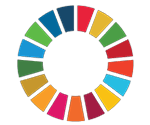
2016
17 Sustainable Development Goals (SDGs)
Adopted unanimously in September 2015 at a historic United Nations Summit, the SDGs came into effect in January 2016 for a time horizon of 2030. The SDGs initiative aims to involve all countries and civil society as well as covering all aspects of sustainable development: economic growth, social inclusion and environmental protection. The flagship objectives are to put an end to all forms of poverty, to combat inequalities and to tackle climate change.

2021
Glasgow Conference on Climate Change (COP 26)
The outcome of COP26 was the Glasgow Climate Pact. The pact has set the target of reducing global carbon dioxide emissions by 45% by 2030 relative to the 2010 level and to net zero by 2050.
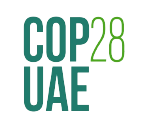
2023
United Arab Emitrates Conference on Climate Change (COP 28)
In December 2023, the 28th Conference of the Parties to the UN Framework Convention on Climate Change (COP28) took place in Dubai, UAE. Negotiations culminated in a historical first, whereby world leaders reached a consensus across 198 nations agreeing to ‘transition away from fossil fuels in energy systems’. It marked the first time a COP final decision had singled out fossil fuels, which constitutes a key reference point, reminder, and a call to action for all COP summits to come.
For more information visit United Nations Climate Change
How it works
Eligible Bonds: a pool of liquid Bonds with extra financial data representative of the European Investment Grade bond market
LIQUID ESG
ESG Filters
Controversial activities : excluding bonds which the issuer has a significant involvement in controversial activities such as Alcohol, Civilian Firearms/Military, Gambling, Nuclear Power, Pornography or Tobacco;
BNP Paribas Asset Management ESG Score: excluding the ones with a BNP Paribas Asset Management ESG decile of 9 or 10 (10 being the worst decile);
Moody’s ESG Solutions ESG Score: selecting the ones with a Moody’s ESG Solutions ESG score among the top 75% and above 30/100.
Liquidity
A succession of a dozen of criteria such as amount outstanding, minimum tradable amount, credit rating, time-to-maturity, coupon type, maturity type are applied in order to discard the bonds which are not liquid enough.
Risk Control
A long-only portfolio comprised of bonds whose weight is between 0% and 1.5%, resulting on a minimum of 67 bonds
Diversification rule with a maximum exposure of 5% per issuer;
Use of control mechanism on the tracking error
Promising yield
The bonds eligible for inclusion in the portfolio are in the top 75% of the European Investment Grade Market in terms of yield-to-maturity
Performance objectives in line with the Benchmark
A controlled tracking error aiming at delivering a return in line with the European investment grade bond market
Leading Energy Transition
Following a scoring methodology by Moody’s ESG Solutions, only bonds whose issuers aim to have the most robust and ambitious energy transition strategy can be included in the portfolio to contribute positively to the overall Energy Transition score of the portfolio.
Carbon Reduction
The carbon footprint of the final portfolio is reduced by at least 50% compared to the European Investment Grade Market.
Carbon Offset
BNP Paribas Asset Management France determines the amount of VER certificates necessary for offsetting the remaining carbon footprint of the portfolio (Scope 1 + Scope 2) every quarter:
- Scope 1 concerns the direct emissions of companies (e.g. fuel consumption)
- Scope 2 concerns indirect emissions due to the business’s activity (e.g. electricity supplier’s fuel consumption)
- Scope 3 concerns indirect emissions due to the use of products sold (e.g. fuel consumption by the client’s electricity supplier due to use of the product). With the available data, the CO2 emissions relating to Scope 3 are difficult to access and incomplete. Scope 3 is therefore not taken into account.
VERs from the Kasigau Corridor REDD+ project will be purchased and immediately cancelled so as to materialise the offsetting and be properly recognised.
Voluntary Carbon Market
VER certificates, also known as “voluntary carbon credits”, are bought in the voluntary carbon market, which coexist with regulated trade and exchange systems within the Kyoto protocol and other regional agreements. VER certificates tend to be cheaper than the carbon credits sold in the regulated market, subject to higher demand by large energy installations.
CARBON FOOTPRINT REDUCTION & OFFSET
OUTCOMES
When Carbon Offseting brings Social and Environmental Outcomes
The proceeds of the VER certificates are allocated to the project Kasigau Corridor REDD+ in Kenya, supporting local community, wildlife and forestry conservation. Investors benefit through their financial contribution in a project with positive potential social and environmental outcomes from an enhanced brand value and reputation, which will ultimately attract the increasingly climate conscious consumer base.
Rebalancing
This investment process is repeated on a quarterly basis so as to update both equity portfolio and the amount of VER certificates to be purchased.
Rebalancing dates: beginning of March, June, September and December.
Benefits of the Kasigau Corridor REDD+ Project
- Protection of around 200,000 hectares of Kenyan dryland forests under threat, securing the whole migration corridor between the Tsavo East and Tsavo West National parks.
- The project is expected to reduce more than 1 million tonnes of CO2 per year.
- Home to over 50 species of large mammals including endangered populations of the ‘International Union for the Conservation of Nature’ Red List species such as the Grevy’s Zebra and African Wild Dog.
- Creation of more than 400 jobs, the majority of which are filled directly by the local community.
- Development of eco-tourism, agroforestry and jobs linked to parkland conservation.
Contribution to 13 of the 17 United Nations’ Sustainable Development Goals, verified by SD VISTa Standards as of October 2023

Source: Official documentation from the Kasigau Project, 2023

Source: Official documentation from the Kasigau Project, 2023

Source: Official documentation from the Kasigau Project, 2023

Source: Official documentation from the Kasigau Project, 2023

Source: Official documentation from the Kasigau Project, 2023
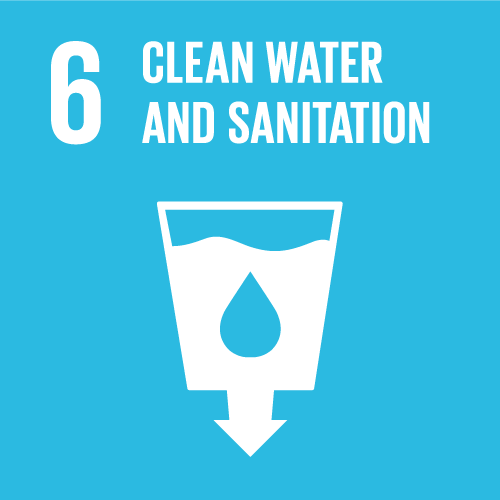
Source: Official documentation from the Kasigau Project, 2023
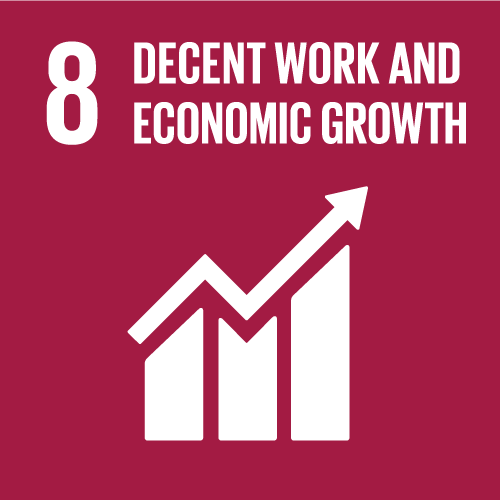
Source: Official documentation from the Kasigau Project, 2023

Source: Official documentation from the Kasigau Project, 2023

Source: Official documentation from the Kasigau Project, 2023
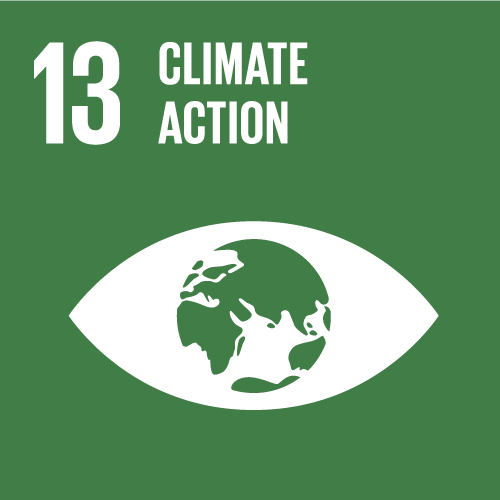
Source: Official documentation from the Kasigau Project, 2023

Source: Official documentation from the Kasigau Project, 2023

Source: Official documentation from the Kasigau Project, 2023

Source: Official documentation from the Kasigau Project, 2023
Wildlife Works
A REDD+ Project Developer and Manager.

1997
Creation of Wildlife Works

1998
Launch of the first project in a wildlife sanctuary in Rukinga, covering 80,000 acres of forest

2010
The project’s geographic scope expanded to include 13 blocks of land owned by indigenous community ownership groups that were subject to deforestation

2011
Kasigau Corridor world’s first REDD+ project to be verified under the Verified Carbon Standard (VCS) and the Climate, Community and Biodiversity (CCB) standards, earning gold level certification from the latter

2016
The International Finance Corporation, from the World Bank group, selected the Project as underlying for the first “Forests Bond” ever issued

2017
Kasigau Corridor REDD+ project Winner of Best Offsetting Project by Environmental Finance

2023
To date, the project has safeguarded 200,000 hectares of dryland forests, preserving the habitat of wild elephants, and providing a home to several communities.
Partnership with BNP Paribas
For more information visit www.wildlifeworks.com

Wildlife Works is the world’s first REDD+ program development and management company, using market-based solutions to promote biodiversity conservation objectives

